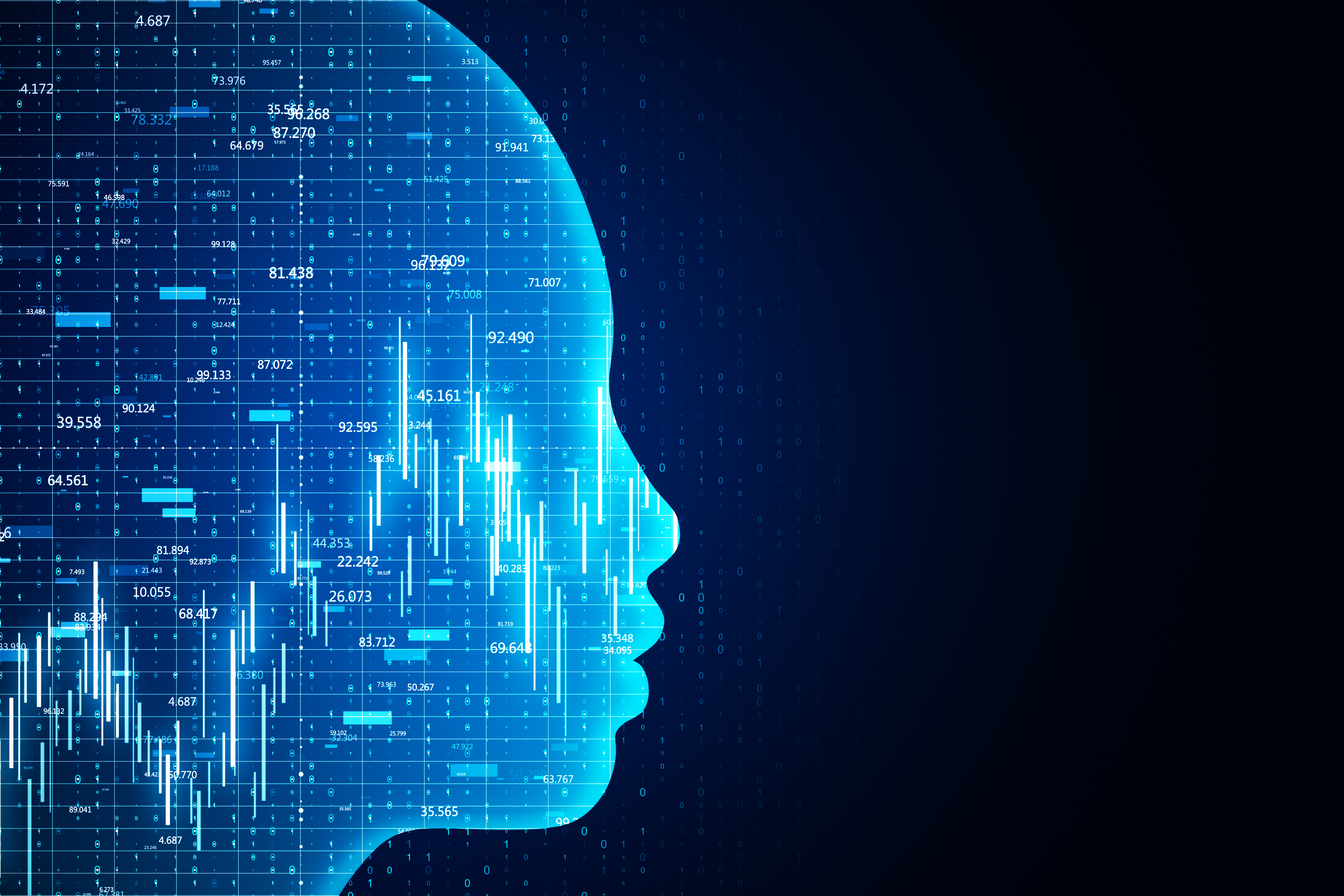As part of Nox Medical’s commitment to the advancement of the sleep research, medical and scientific fields, Nox Medical Research Manager Jon Agustsson, PhD, presented valuable insights on the role of Artificial Intelligence (AI) and Machine Learning (ML) in sleep medicine during Sleep Review’s recent webinar, Pulling Back the Curtain on AI in Sleep Medicine.
As one of three expert speakers, Dr. Agustsson discussed the opportunities associated with AI and ML, as well as some of the challenges from which he and other Nox Research scientists, doctors, engineers and sleep researchers have learned throughout the development of new, cutting-edge AI algorithms like the Nox BodySleep, which can be used to estimate Wake, NREM, and REM from a home sleep study (HSAT).
During the webinar, all three experts agreed that AI and ML will not replace sleep physicians or technicians, but rather will amplify their ability to analyze data, diagnose disorders, and treat patients effectively. The experts also agreed that it is very important for anyone using these tools to fully understand their capabilities and limitations.
“Since machine learning is so accessible, what separates the good from the great?” Dr. Agustsson asked. “In my opinion, we need to have a very deep understanding of the tools that we are using, we need to understand the subject matter, we need to understand the data, the signals and the questions we want to answer. We also need to understand how our models are going to be used in real life.”
Dr. Agustsson explained that sleep staging is a natural place to implement machine learning because the task is so well defined.
“We know that we have to classify each 30-second epoch into one of five classes, and we know what signals to use. Plus, human experts generally agree on sleep scoring, and there’s an abundance of well-scored data available as well as many papers comparing how well human experts agree, so we even know how to measure success and what kind of an agreement we should expect.”
According to Dr. Agustsson, AI and ML technologies can also be applied to EEG signals to score arousals, and even non-EEG signals to estimate sleep states. The most important thing to remember, when validating AI and ML technologies, is that the patient population whose data is used for validation represents the patient population where the validated technology will be used on in the future.
When using AI and ML to process data, Dr. Agustsson recommends asking the following questions:
- Does the validation data for the model reflect the patients that you are using the algorithm for?
- Can you verify the output of the analysis? If not how can you build trust in the algorithm’s results?
- Do the validation metrics make sense? Does the metric measure what is important to you and what would the outcome be if you scored nothing?
Missed the webinar? Catch up on the full presentation* and learn more about Nox Research here (Dr. Agustsson’s presentation starts 25:45 minutes into the webinar). On the Ensodata blog, you will also find coverage of the presentations from the other two speakers Dr. Emmanuel Mignot and Dr. Nate Watson.
*Fill out the web form following the link to access the webinar recordings.
Topic: Events





